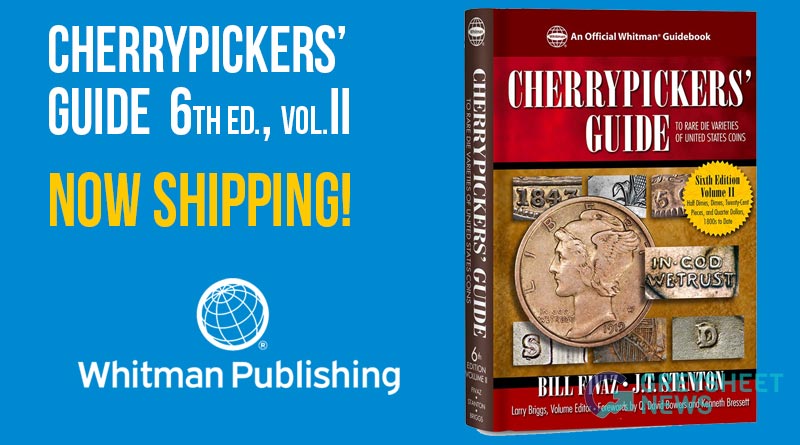QUARTERLY REVIEW: BETTER DATE ISSUES MAINTAIN STRENGTH
BY JOHN FEIGENBAUM, PUBLISHER & PATRICK IAN PEREZ, EDITOR
The demand for fresh, high-quality early copper continues unabated. It seems that no matter how many collections come to auction they are readily absorbed into the market by willing buyers. The fever for early copper was again on display in February when Goldberg Coins & Collectibles sold five named collections in their Pre-Long Beach sale, with solid results. Half cent specialists have a rare opportunity this month with the Pogue V auction featuring post-1799 issues. Many condition census and finest-known pieces will cross the auction block and we are very keen to see the results. The PCGS/CAC MS66 RB 1811 half cent in this sale is one of the all-time great coins in numismatics. The Pogue family acquired the coin in January 2014 from the Missouri Cabinet Collection (Goldberg Auctions) for the jaw-dropping amount of $1,121,250. Stacks Bowers has conservatively estimated the coin in the $600,000-700,000 range. Copper collectors are keen to see where this one lands in today’s market.

STATE OF THE MARKET
In this issue, starting with half cents, we reviewed the circulated grades with many increases to be found. With regards to the minor Liberty Seated silver coinage-half dimes through quarters-the market is increasingly polarized between the semi-key and key dates and the common dates. Virtually of the plus signs for these series can be found for the better dates.
New listings added in this Quarterly I issue include three new Chalmers colonial coinage denominations. In large cents we have separated out the three 1835 varieties, adding the 1835 Large 8, Large Stars and 1835 Small 8, Small Stars, and designating the 1835 Head of 1836. Pricing the Small 8, Small Stars is particularly difficult. There are ten (10) Newcomb numbers assigned to this obverse type, ranging from Rarity-1 to Rarity-5, and a simple review of auction records is not sufficient because clearly the scarcer die varieties bring significantly higher prices. N-5 and N-6 are the most common varieties while N-4, N-10, and N-11 are the scarcest. You certainly would not want to sell an R5 coin for the price of an R1. Proper attribution here is critical. For our purposes, the prices that we report are for the most common variety. We also added pricing for the 1855 Slanted 5’s and the 1856 Slanted 5.

Download the Greysheet app for access to pricing, news, events and your subscriptions.
Subscribe Now.

Subscribe to Monthly Greysheet for the industry's most respected pricing and to read more articles just like this.
Source: CDN Publishing










